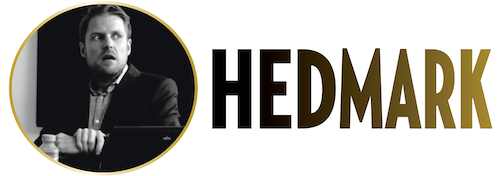
The evil First Order is now in control of the galaxy, but Rey (Daisy Ridley) is trying to convince Luke Skywalker (Mark Hamill) to come out of retirement and help the Resistance.
The second chapter in the third Star Wars trilogy is ambitious, the mythology beautifully developed by Rian Johnson, and one of the most handsomely staged films of the franchise. Long, with a midsection that tries one’s patience, but the story begins with an exciting attack on a First Order dreadnought and ends with an outstanding half-hour packed with clever twists and a memorable showdown on a salty planet called Crait.
Along the way we get loads of thrills, emotions and even laughs (including Domhnall Gleeson’s campy performance).
2017-U.S. 152 min. Color. Widescreen. Written and directed by Rian Johnson. Cinematography: Steve Yedlin. Music: John Williams. Cast: Mark Hamill (Luke Skywalker), Carrie Fisher (Leia Organa), Daisy Ridley (Rey), Adam Driver (Kylo Ren), John Boyega, Oscar Isaac, Andy Serkis, Lupita Nyong’o, Domhnall Gleeson, Benicio del Toro, Laura Dern, Gwendoline Christie… Simon Pegg, Justin Theroux, Warwick Davis. Voices of Frank Oz, Joseph Gordon-Levitt. Cameos: Gareth Edwards, Edgar Wright, Joe Cornish.
Trivia: Co-executive produced by J.J. Abrams. The movie was completed after Fisher’s death. Joaquin Phoenix was considered for a role. Gary Barlow, Prince William and Prince Harry have hidden cameos in the film. Followed by Star Wars: The Rise of Skywalker (2019).
Last word: “I think Empire is just the most beautiful. All the films are beautiful, but just for my tastes, I think the cinematography in Empire is the most gorgeous of the whole series. And so, Steve and I looked at the lighting and it was pretty daring, in terms of how dark they were willing to go with some of it and how gorgeous they went with some of the choices they made with the shaping of the lighting. In terms of an actual visual aesthetic, in the original movies, the camera didn’t move a ton and it was a much more formal type of visual aesthetic. We took visual cues, lighting-wise and design-wise, from the previous movies, but I needed to just shoot this movie the way that I would shoot a movie.” (Johnson, Collider)
